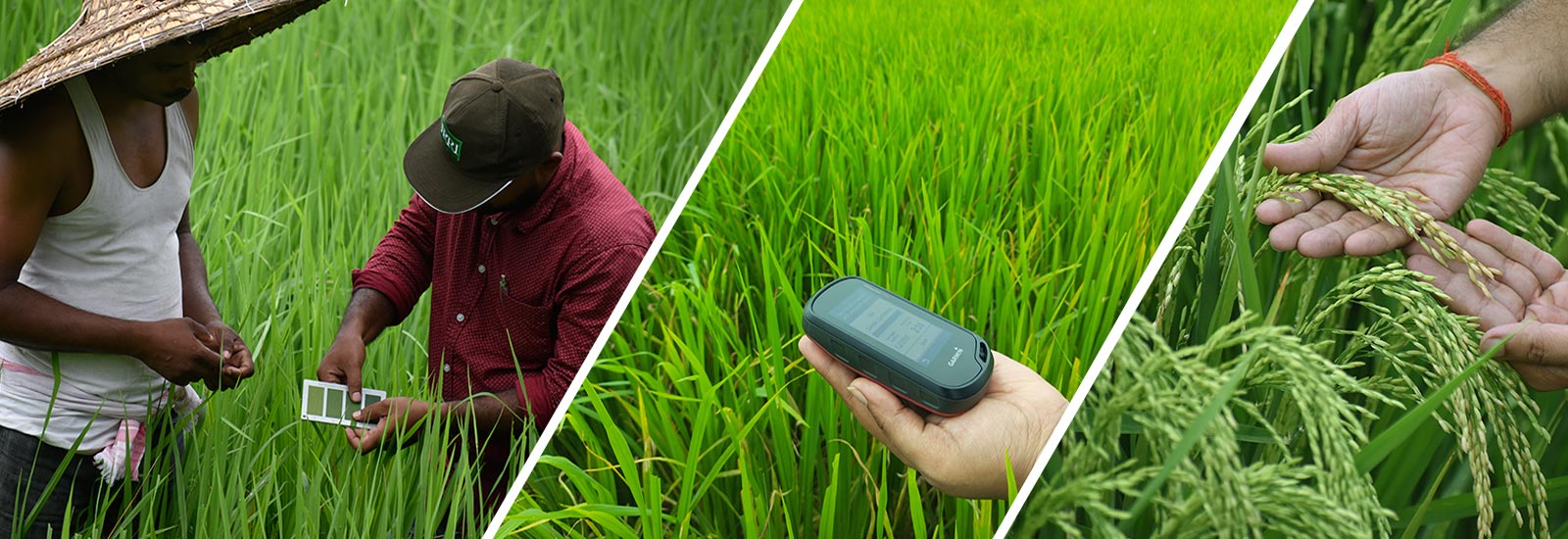Harvesting
Harvesting the crop on time is very important to maximize yields and grain quality. Crops harvested too early will have many unfilled and immature grains. Immature grains break easily when milled and will not germinate when used as seed. If crops are harvested late, heavy losses occur through shattering and bird attack. Quality also decreases due to grain weathering, resulting in breakage and downgrading due to undesirable grain colour.
Crops should be harvested when:
- Grain moisture is between 20–25%, which is normally about 30 days after flowering or 80–85% of the grains are straw-coloured.
- Grains in the lower part of the panicle are hard, not soft, and
- Grains are firm but not easily broken when squeezed between the teeth.
After cutting, maximize grain quality by:
- Minimizing time the harvested panicles remain in large bundles in the field — thresh within 24 hours of cutting.
- Avoid direct contact of panicles with soil for better quality.
- Drying the grains as soon as possible after threshing.
- Turning or stirring the grains at least once every 30 minutes to achieve uniform drying.
- Sun-drying on tarpaulins or clean drying pads.
- Keeping the thickness of the grain layer at 3–5 cm.
- Covering the grain during mid-day on hot days to prevent over-heating and covering immediately, if it starts raining.
- Cleaning the grain by repeated winnowing after drying; and
- Storing the rice in a cool, dry and clean area preferably in hermetic / sealed containers for seed.

